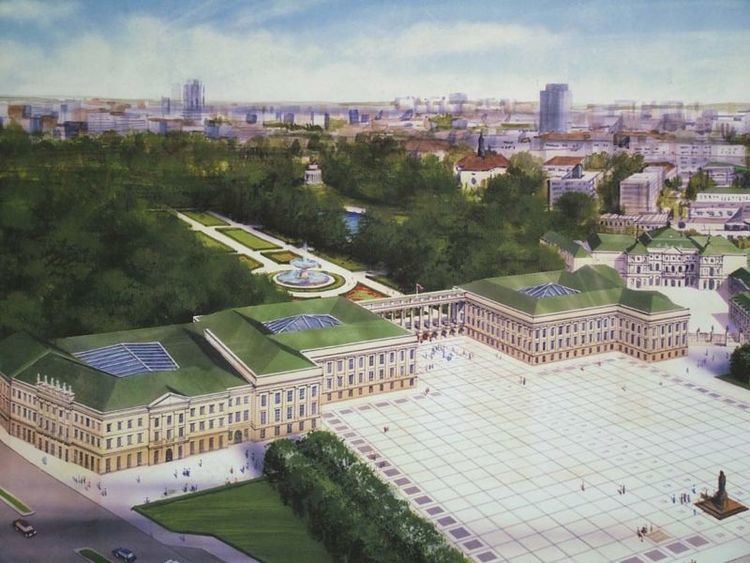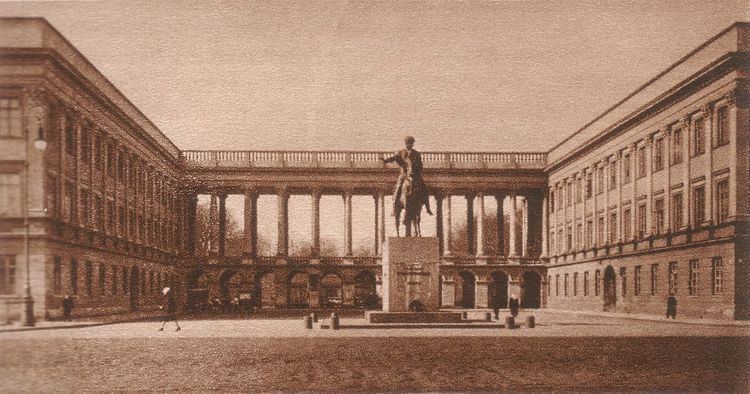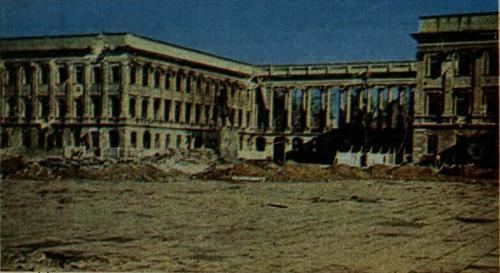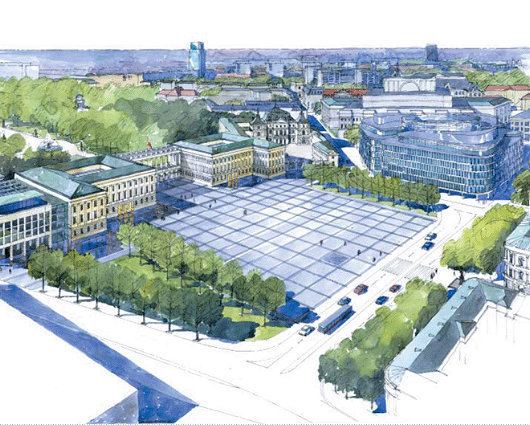Country Poland Construction started 1666 | Demolished 1944 Architect Adam Idźkowski | |
 | ||
Similar Saxon Garden, Brühl Palace - Warsaw, Tomb of the Unknown, Saxon Axis, Monument to Prince Józef Pon | ||
Pa ac saski w warszawie saxon palace in warsaw s chsisches palais in warschau
The Saxon Palace (Polish: pałac Saski w Warszawie) was one of the most distinctive buildings in prewar Warsaw, Poland. It is planned to reconstruct the building.
Contents
- Pa ac saski w warszawie saxon palace in warsaw s chsisches palais in warschau
- Archaeology bamburgh research project medieval castle and saxon palace dig
- Up to World War I
- Interbellum
- Since World War II
- References

Archaeology bamburgh research project medieval castle and saxon palace dig
Up to World War I

The Saxon Palace had been preceded by a manor house belonging to Tobiasz Morsztyn. After 1661 his brother and heir Jan Andrzej Morsztyn had replaced the manor house with a baroque palace (Pałac Morsztynów, "the Morsztyn Palace") with four towers.
In 1713 the Morsztyn Palace was purchased by the first of Poland's two Saxon kings, Augustus II (reigned in Poland 1697–1706 and 1709–33), who began enlarging it. In 1748 the palace's rebuilding was completed by his son, King Augustus III.

In the early 19th century, the Saxon Palace housed the Warsaw Lyceum in which Frédéric Chopin's father Nicolas Chopin taught French, living with his family on the palace grounds.
The Palace was remodeled in 1842.
Interbellum

After World War I, the Saxon Palace was the seat of the Polish General Staff. In 1925, the Tomb of the Unknown Soldier was established within the colonnade-topped arcade that joined the Palace's two symmetric wings.

The Palace continued to be sandwiched between the Saxon Garden, to its rear, and the Saxon Square in front (which would be renamed Piłsudski Square after the Marshal's death in 1935).
In this building the German Enigma machine cipher was first broken in December 1932 and then read for several years before the General Staff Cipher Bureau German section's 1937 moved to new specially designed quarters near Pyry in the Kabaty Woods south of Warsaw.
During World War II, the Saxon Palace was blown up by the Germans as part of the planned destruction of Warsaw after the collapse of the Warsaw Uprising in 1944. Only parts of the central arcade remained, housing the Tomb of the Unknown Soldier, which somehow managed to survive.
Since World War II
There are plans to reconstruct the Saxon Palace. The palace cellars were excavated in 2006, uncovering some 20,000 objects. The reconstruction of the palace was formerly scheduled for completion by 2010. The reconstructed building was planned to house Warsaw's city hall, but due to budget problems of Warsaw, caused by the recent global financial crisis, and subsequent cuts, the reconstruction is now on hold indefinitely.
